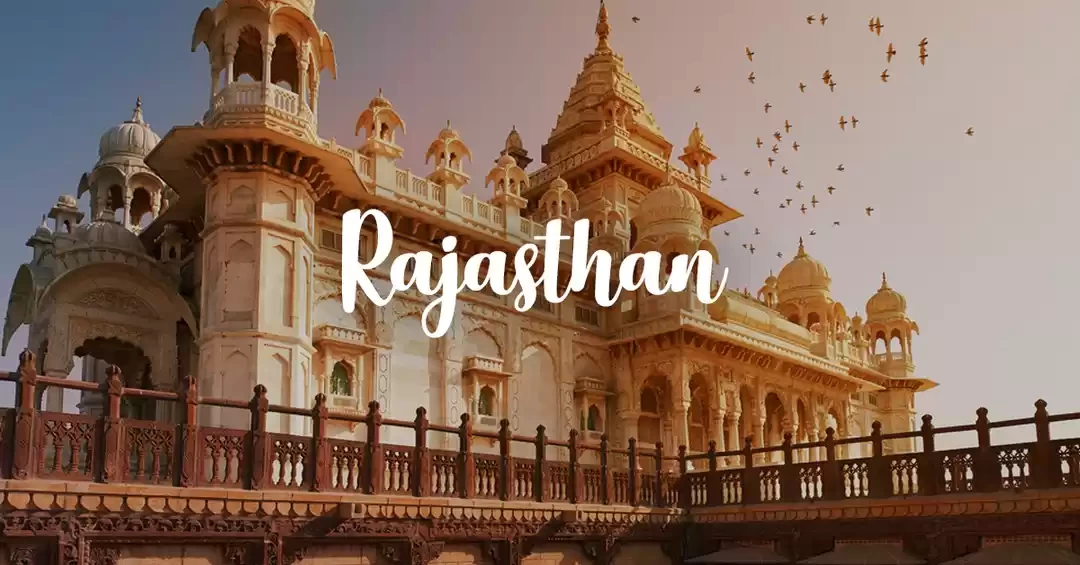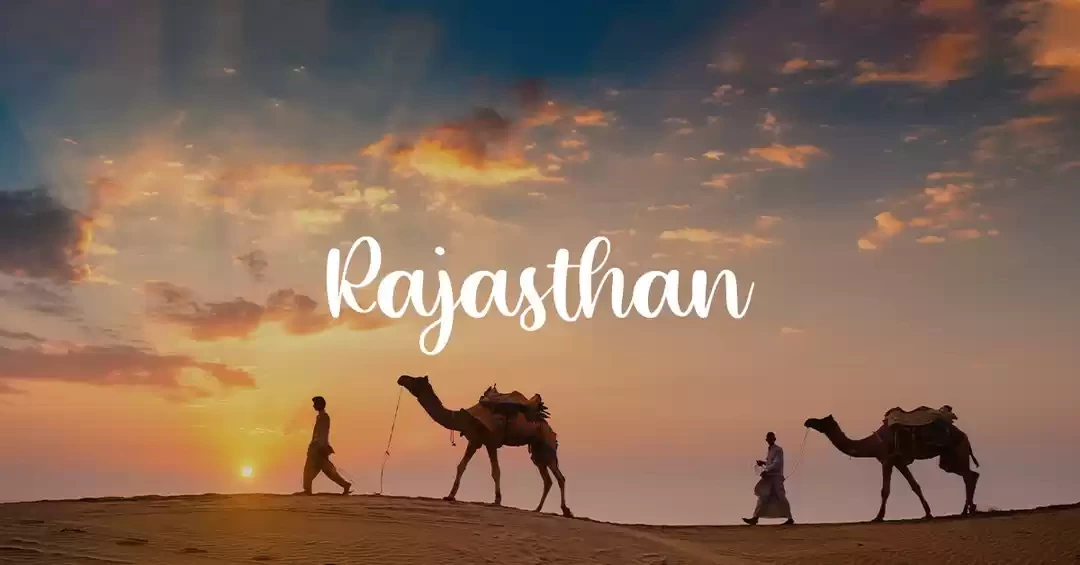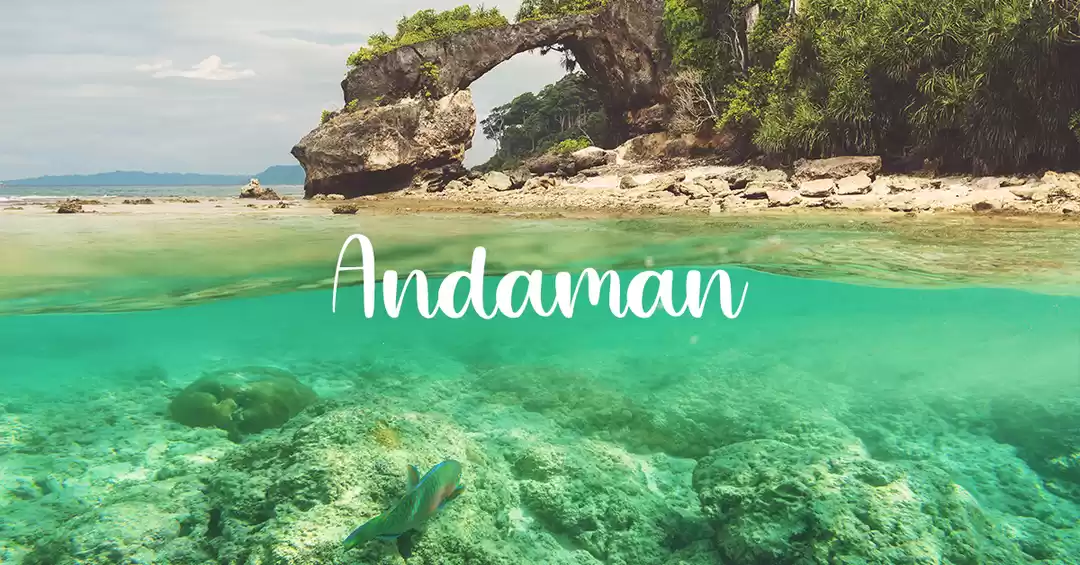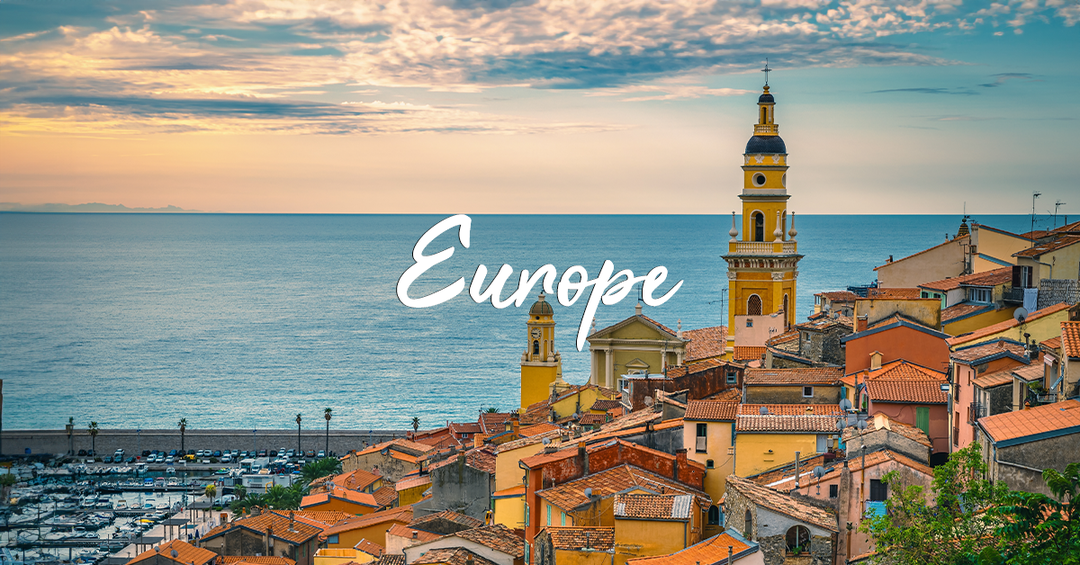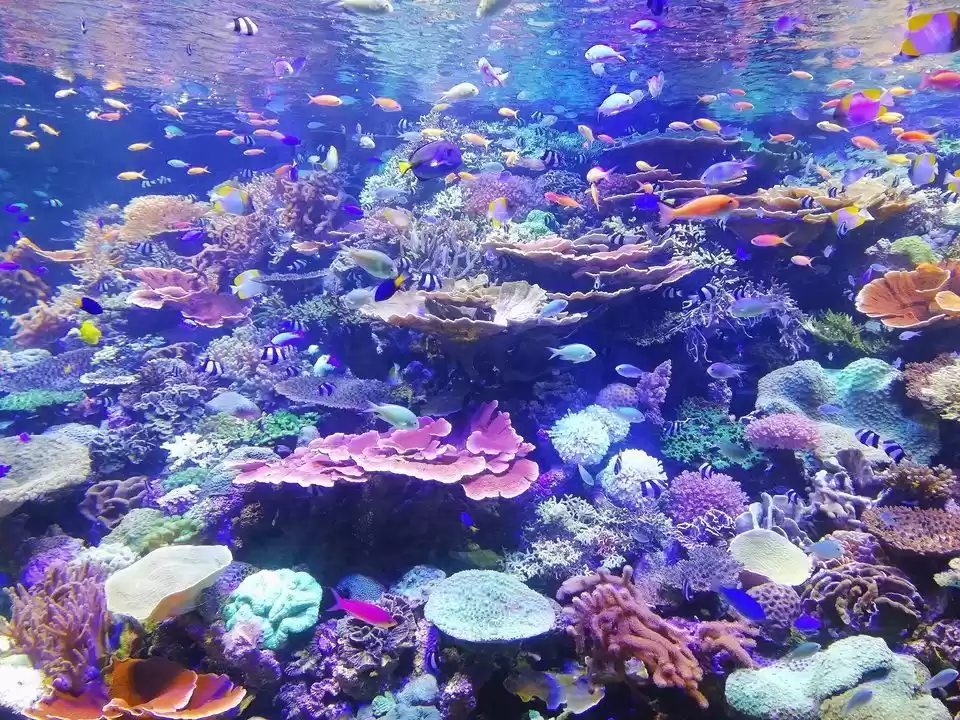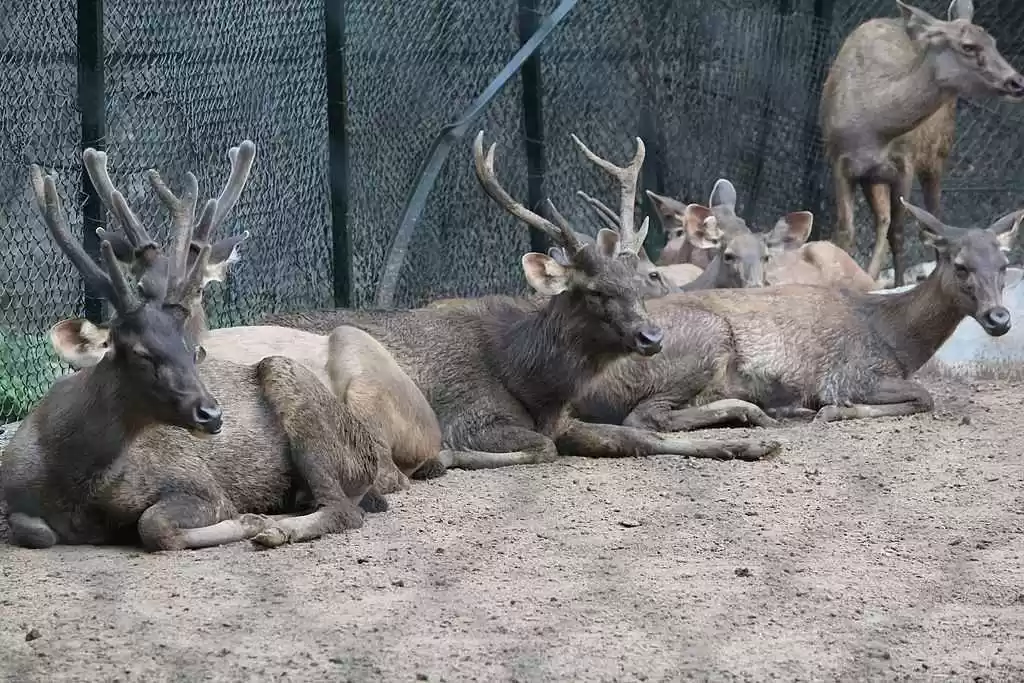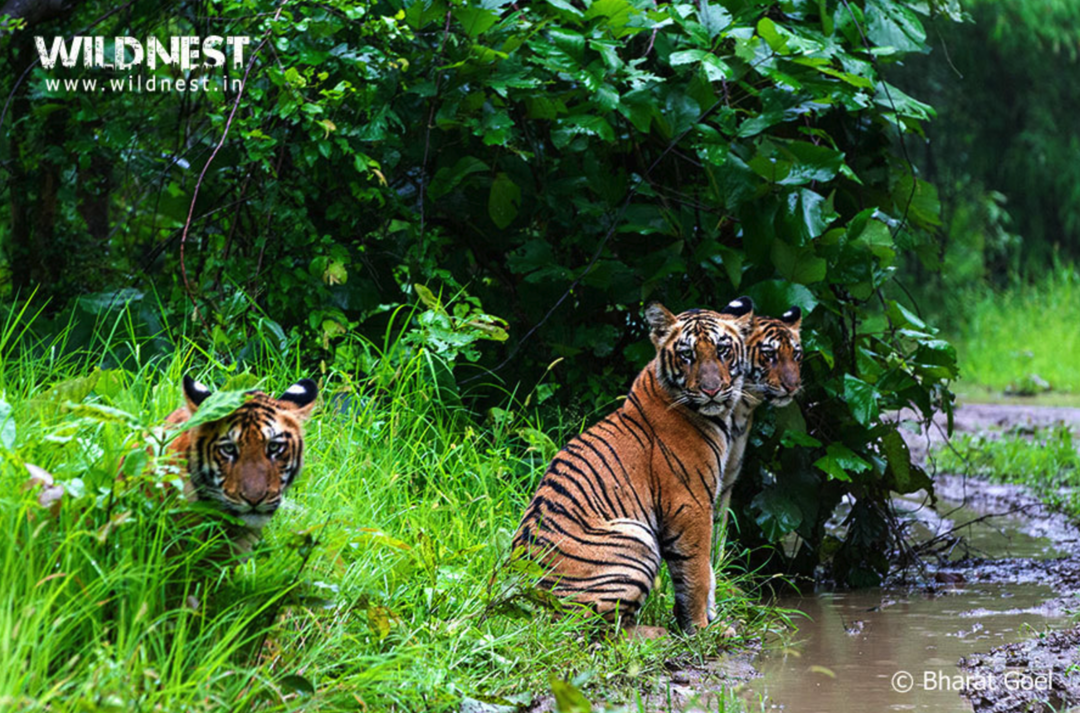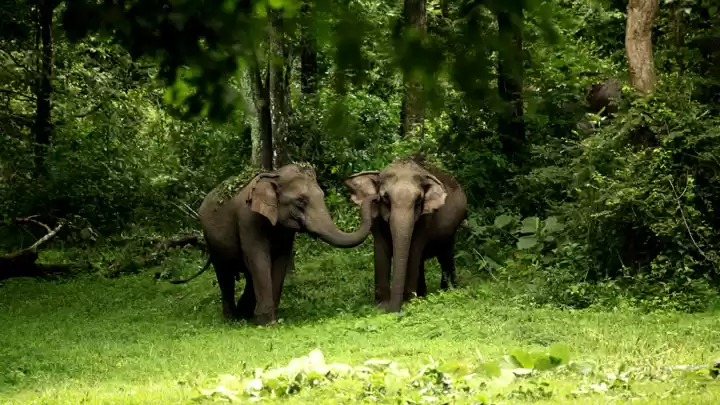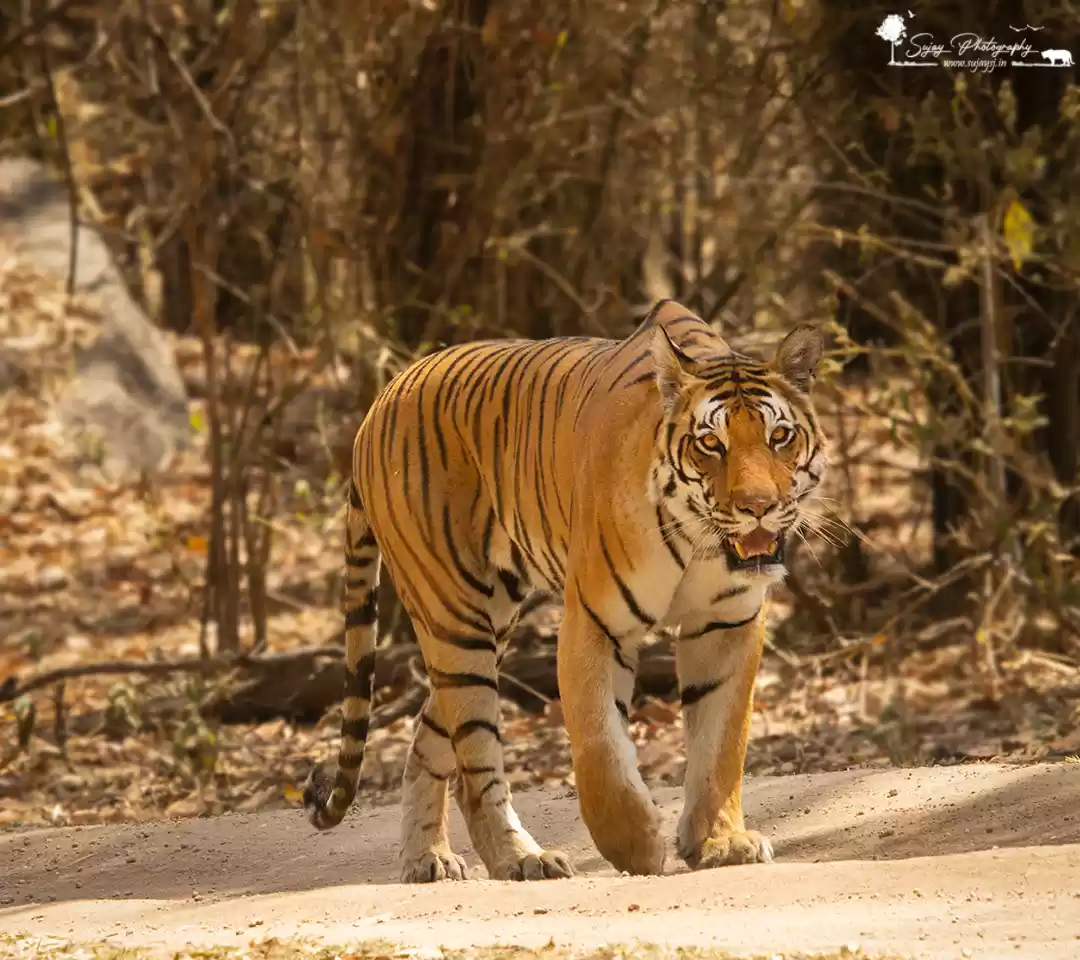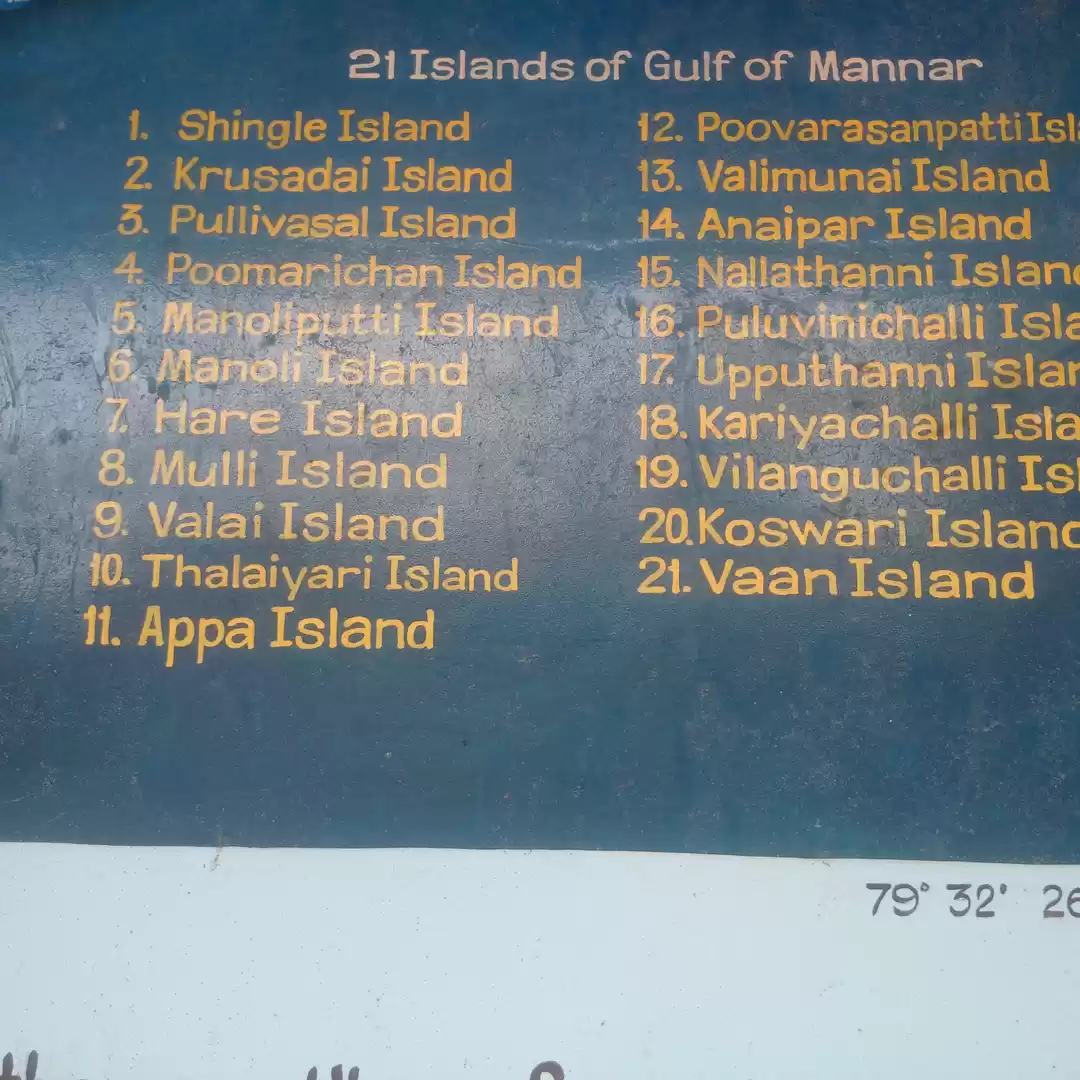India is the seventh largest country in the world and inhabits hundreds of different cultures within itself. Along with cultural diversity, India is also to home to several biosphere reserves. These biosphere reserves in India play a huge role in conservation of wildlife, tribal communities and unique forests.
There are several reserves and national parks in India that protect an array of flora and fauna. Every reserve in the list has been declared so, as it the natural habitat of one or many endangered species, such as the Asian Tiger.
These are some of the most vast and important biosphere reserves in India.
1. Achanakmar-Amarkantak Biosphere Reserve
A highly significant watershed of peninsular India, the Achanakmar-Amarkantak reserve was recently added to the list of UNESCO's most protected and significant biosphere reserves in the world. The Achanakmar-Amarkantak, like many biosphere reserves in India, is shared by two states – Madhya Pradesh and Chattisgarh. The dense forest, which hosts unique flora and fauna is also the source of three major river systems, which are the lifeline of central India. The Narmada, Johilla and the Son River, all three originate from this biosphere reserve.

While you are there: Make sure to visit the ancient temples of Kalachuri, which are the foundations of the flourishing civilisation in Central India. The Dudh Dhara Falls are a real spectacle when visited during the monsoon. And definitely do not miss out on the Narmada Udgam Temple, the holy place which marks the beginning of the mighty Narmada River in Amarkantak.
2. Agasthyamalai Biosphere Reserve
Any list of biosphere reserves in India is not complete without mentioning the Western Ghats. A UNESCO World Heritage Site, the Western Ghats have been divided into two parts, one of which along with three other national parks, makes the expanse of Agasthymalai Biosphere Reserve. The eco-regions of moist deciduous forests of Western Ghats, the montane rain forest and Shola, come together to shelter a collection of over 2,000 varieties of medicinal plants, 50 rare and endangered species, such as the Asian Elephant and the Kanikaran people who are one of the oldest surviving ancient tribes in the world.

While you are there: Definitely try out some adventure activities, such as zip-lining, camping, etc at Thenmala. Pay a visit to the museum which gives an insight into the story of Kanikkaran people and how they have been preserving their home long before it was declared a biosphere reserve. Perched on the highest hill in Agasthyamalai Biosphere Reserve is the temple of Agasthyakoodam – a place that makes for a great hike and gives a panoramic view of the forest.
3. Cold Desert (Pin Valley National Park and surroundings; Chandratal and Sarchu & Kibber Wildlife Sanctuary)
Of all the biosphere reserves in India, the Cold Desert is probably the most fascinating. Situated in the western Himalayas, this reserve marks its area within Himachal Pradesh and in Pakistan (Skardu). But the terrain matches that of a high altitude Himalayan desert, which is host to some very unique biodiversity. Mostly known for the preservation of the extremely rare Snow Leopard, the area also serves an important role in the history of Buddhism in India. The massive reserve is 7,770 square kilometres vast and includes the Pin Valley National Park, Chandratal, Sarchu and Kibber Wildlife Sanctuary.

While you are there: The best way to truly grasp the beauty of Cold Desert is to take a 10-day long trek from the Pin Valley to the Parvati Valley via Pin Bhabha Pass. You can also take a long road trip from either Manali or Shimla and visit the highest (occupied throughout the year) village in Asia, Kibber. En route, make a mandatory stop at the glorious and awe-inspiring Key Monastery.
4. Gulf of Mannar
The large shallow bay flowing into the Laccadive Sea, Indian Ocean, that lies between the south eastern most point of India and west coast of Sri Lanka, is known as the Gulf of Mannar. This gulf is one of the very few biosphere reserves in India, which is shared by another country. The Mannar Bay and Island is only separated from the Palk Bay in Sri Lanka by a limestone bridge which is known as the Ramsethu. The pearl banks of Mannar have been the primary source of income for its people for over 2,000 years.

While you are there: Visit the fascinating village of Dhanushkodi, which was suddenly and completely abandoned by its people to escape a hurricane/tsunami. You can definitely go over to Mannar Island, and stand on the Ram Sethu, which was once considered only to be a mythological fable.
5. Great Nicobar Biosphere Reserve
The Great Nicobar Biosphere Reserve encompasses 85% of the island Great Nicobar. The 12-km forest buffer zone provides a protective shield to the rare biodiversity, which Nicobar Reserve is home to. This is just as far as tourists are allowed to go, as within this reserve also lie tribal communities, which continue to flourish as they did centuries ago. The Campbell Bay National Park and Galathea National Park also incorporate this biosphere.

While you are there: The Great Nicobar is easily connected to Andaman islands. You can head to the popular Radhanagar Beach or Havelock Island to experience India's best water sports. The Baratang Island is known for the marvellous formations of the limestone caves, and can be visited for a small-scale caving expedition.
6. Nanda Devi National Park
The highly auspicious peak of Nanda Devi (25,646 ft) lies at the centre of Nanda Devi National Park, a biosphere reserve in Uttarakhand. The Valley of Flowers, the most popular part of Nanda Devi National Park has also been declared a UNESCO World Heritage Site. The elevated reserve is a sanctuary to some very endangered species such as the Himalayan black bear, snow leopard and brown bear. Nanda Devi National Parks have over 25 mountain peaks within its massive premise, therefore making it a favourite with mountaineers and trekking enthusiasts.

While you are there: An 11-day trek takes you all around the major charms of Nanda Devi National Park, from crossing to rivers to visiting the holiest shrines in India. You can also visit the place solely for pilgrimage purposes, and skip the strenuous trekking altogether.
7. Nilgiri Biosphere Reserve
As mentioned before, any list of biosphere reserves in India would be incomplete without mentioning the marvellous Western Ghats. The Nilgiri Biosphere Reserve is made of the Nilgiri Hills and Western Ghats, spreading over 6,000 square kilometres in area. This expanse is shared between three states, Tamil Nadu, Kerala and Karnataka, and is also possibly the largest biosphere reserve in India.

While you are there: You can experience the vastness of Nilgiris by taken a permitted road trip from Karnataka to Tamil Nadu. The Ooty Botanical Gardens and tea estates can also be visited for a small glimpse into the variety of flora, which is spread around the Western Ghats and Nilgiri Hills. The beautiful Pykara Lake and Waterfalls are also a must see for every nature lover.
8. Nokrek National Park
Not far from the West Garo Hills of Meghalaya, lies the North Eastern belt of biosphere reserves in India. The Nokrek National park is a hotspot of biodiversity in Meghalaya and areas around it. The Nokrek is well known for its remnant population of Red Panda, who have otherwise disappeared from every other place except India. Since 1960, Nokrek Biosphere Reserve has carefully monitored and successfully preserved the population of dying Red Panda. Nokrek is also known to be the home of Asian Elephants and an uncertain number of tigers.

While you are there: Take a day trek to Nokrek National Park's highest peak. You can also do a hike to the stunning Rongband Dare waterfalls. The Balpakram National Park is known for the Siju Cave, which is a very long cave filled with water and makes for an offbeat adventurous exploration.
9. Panchmarhi Biosphere Reserve
The Panchmarhi Biosphere Reserve is home to the mighty Satpura Range of Madhya Pradesh. The UNESCO declared Panchmarhi and its collection of sanctuaries, Bori Sanctuary and Satpura National Park a designated biosphere reserve in 2009.

While you are there: The Pandava Caves are a famous tourist attraction in Panchmarhi, as it is said that the place gets its name from these five caves where the five Pandavas stayed during exile. The existence of civilisation in Panchmarhi dates way before Pandavas – in the cave shelters of Mahadeo Hills, you can find rock painings, which are an estimated 10,000 years old.
10. Sundarbans
The mangrove and freshwater swamp forests of Sundarbans are considered natural wonders of the world, as their unique ecological and geological conditions have sheltered some rare and exclusive species of plants and animals. The Sundarbans, in their entirety (including the part in Bangladesh) are the world's largest single block of tidal mangrove forest in the world. The Sundarbans spreads across over 10,000 square kilometres and are the largest reserve for Bengal Tiger.

While you are there: Most definitely visit the main temple of Bonbibi, the goddess of Sundarbans who locals believe, can even save people from tiger attacks. The history of Sundarbans is very rich, but due to the constant flooding, not many remains have survived to tell the story. But for those curious to know the history of civilisation at Sundarbans, you must the ruins of a 400-year-old temple at Netidhopani.
Have you visited any of these biosphere reserves in India? Tell us all about your travels here.
Frequent searches leading to this page:-
biosphere reserves in india, two biosphere reserves in india, largest biosphere reserve in india, 10 biosphere reserves in india, 15 biosphere reserves in india, biosphere reserve in india, list of biosphere reserves in india



